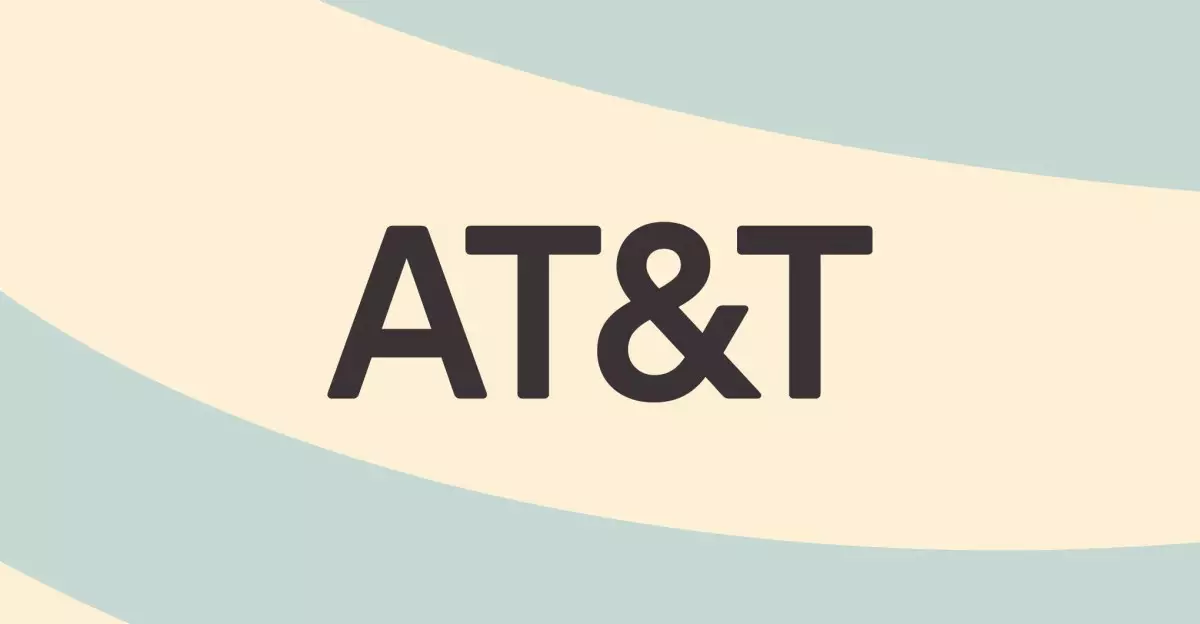AT&T has recently rolled out an intriguing feature aimed at refining the calling experience for its users on Android devices. This tool, which shows a reason for incoming calls directly on the caller ID screen, is designed to enhance the communication process by providing context before you even pick up the phone. In an era where spam and unsolicited calls dominate our mobile experiences, this feature could prove invaluable. However, its limitations and exclusivity raise important questions about accessibility and user experience in a diverse smartphone market.
This feature continues the trajectory of branded calling, initially introduced in collaboration with TransUnion. Businesses proactively using this feature can append a brief message to their calls, such as “Refill Reminder” or “Delivery Alert.” For the receiver, this means a more informed decision when choosing whether to answer, adding a layer of clarification that can streamline communication with essential services. Users don’t have to undertake any special actions since the information appears automatically, mimicking the familiar validated badges that indicate legitimate calls. While this might sound beneficial on the surface, it draws attention to larger issues surrounding the consistency of user experience across different devices.
Unfortunately, the feature is not universally accessible; it is restricted solely to AT&T customers using Android phones. This limitation means that a significant portion of the user base, especially iPhone users, will be left out of the equation. Given that the iPhone continues to be one of the most popular smartphones in the U.S., AT&T’s decision to restrict this feature can be perceived as exclusionary. Moreover, considering AT&T’s sizable customer demographic, the fact that nearly half will not benefit from this feature raises concerns about equitable access to innovations meant to improve connectivity.
Interestingly, the introduction of this new feature draws comparisons to a previous initiative by Google, which had a similar intent but ultimately fell by the wayside. These patterns reveal a somewhat tumultuous history in the realm of telecommunication innovations where promising features falter or fail to gain traction. The adherence to protocols such as STIR/SHAKEN, which helps combat robocalls, raises questions about the long-term efficacy of branded calling when so many variables affect communication integrity, including user variability and carrier limitations.
While AT&T’s branded calling feature shines a spotlight on advancements in mobile communication, it also highlights the need for inclusive and adaptable technologies. As the telecom industry continues to evolve, the importance of creating solutions that cater to a broad audience cannot be overstated. Innovation should not come at the cost of access, and the divergence in device compatibility ultimately detracts from the potential benefits this new feature could provide. As consumers, we look forward to a time when all advancements in user experience become available to everyone, regardless of device preference.

